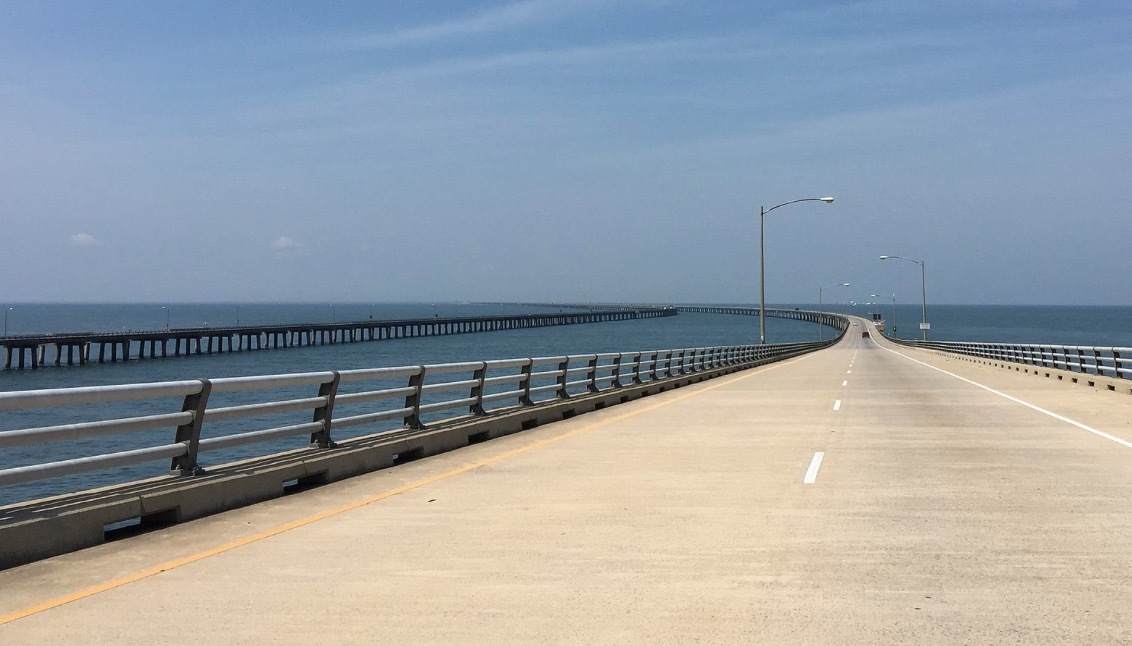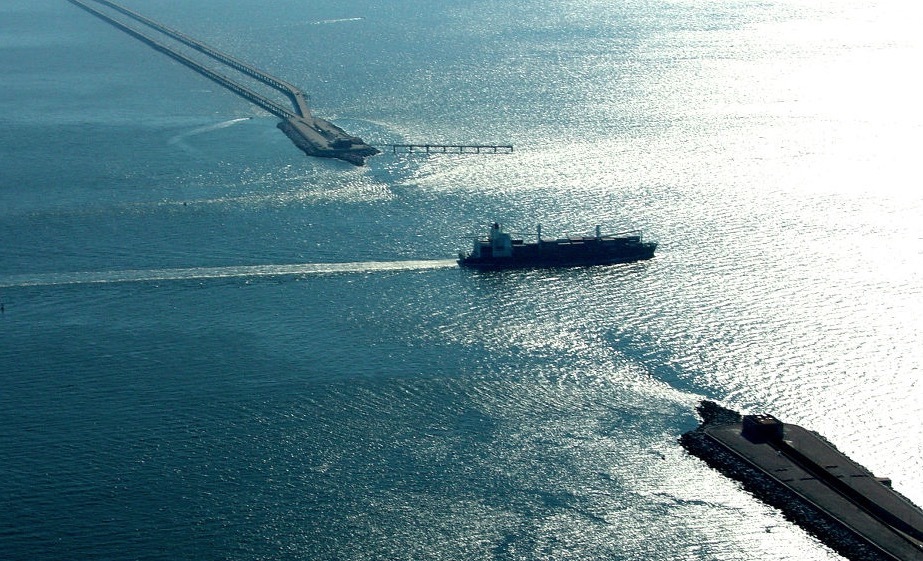
Sometime in January 1970, I requested and received several days (maybe a couple of weeks) of leave to return to my family home in Springfield, Mass. Somehow I had one of the family cars — a 1965 Plymouth red convertible. Neither I nor my sister remembers now how it got down to me in Norfolk. Except for maybe driving a rental car briefly in Hawaii the previous June, the trip north would be my only driving experience in more than seven months.
I remember it was snowing as I packed up the car with stuff — clothes, gifts, etc. — from the ship. I was wearing my uniform and bridge coat. On one return trip to the ship for more stuff, a sailor, whom I knew was a native of Puerto Rico, noticed white flakes on my coat.
“Is that snow, sir?” he asked excitedly. Unhappy with the cold and wet weather, and with carting stuff back and forth, I grunted something in the affirmative. He immediately ran up the ladder to the weather deck to see his first snow.
The 500-mile trip began with a ride across a then-modern wonder — the Chesapeake Bay Bridge-Tunnel. Connecting Norfolk with the Eastern Shore of Virginia at the southern tip of the Delmarva (Delaware, Maryland, Virginia) Peninsula, the complex structure opened in 1964. Then only a single bridge-tunnel combination (the now-south side opened in 1999), it is 17.6 miles long and includes two mile-long tunnels, which permit ship passage. Here’s a gallery of photos.
As one can see in the photo at the top of this post, there are elevated areas of the bridge and some quite low to the water. The storm on the day I drove on the bridge-tunnel was such that I clearly remember seeing waves breaking occasionally over low portions of the bridge.
The only other part of the trip I recall well was in Hartford, Conn., about 25 miles from home. In January 1970, Hartford averaged 16.8 degrees, fourth coldest month on record. The falling snow on this trip, however, was somewhat wet and heavy. I remember that because, by the time I reached Hartford, it was night and snow had built up on the car headlights to the degree that they were significantly dimmed.
I was definitely going to try to make for home despite the conditions. I sought to exit I-91, then relatively new, to clear snow from the headlights. But between the rapidly falling snow and dimmed headlights, I had a difficult time seeing exits. I remember slowly moving ahead, occasionally bumping the right side of the car up against piles of snow along the highway to find a way off the road. Finally, it worked. I removed the snow and plugged on.
As for my time back home, I don’t remember anything specific and very little in general. Connected with family and friends, handed out gifts, drank some beers. Maybe I was home for Super Bowl IV, but I think my leave was later than that.
I expect I flew back to Norfolk when leave ended.
According to shipmate Jim Treadway’s Hard Charger! The Story of the USS Biddle (DLG-34), Biddle had been placed on a restricted availability status so that radar improvements could be installed. Added to the SPS-48 height-finding radar, he said, were Automatic Target Detection (ATD), Automatic Clutter Detection (ACD), and Moving Target Indication (MTI).



